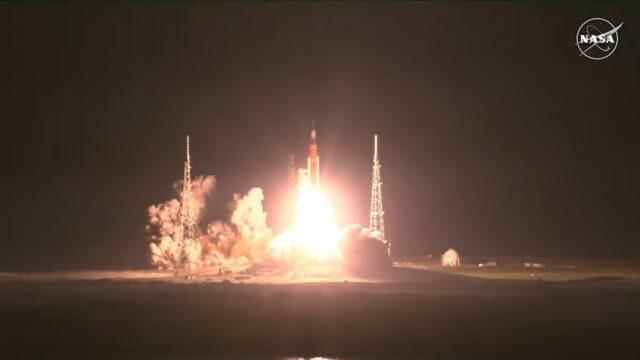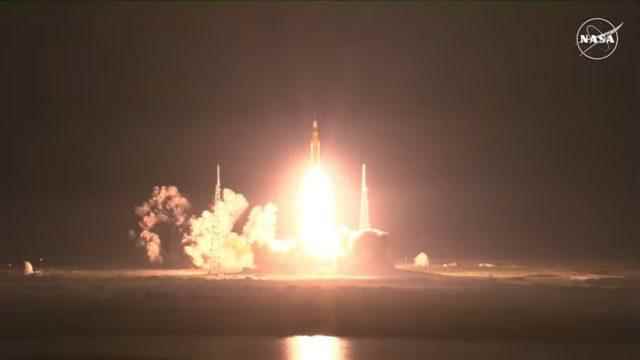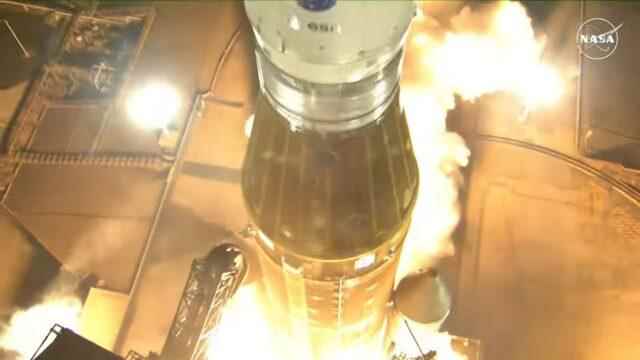The US Aerospace Agency (NASA) launched the Artemis program to return to the Moon. Artemis 1 was successfully launched into space on November 16 from NASA’s Cape Canaveral Base in Florida. The Orion spacecraft, which has been waiting for a long time to go to space without a crew, has officially started its first lunar journey.
ACCOMMODATION DATE ANNOUNCED IN THE MONTH
Howard Hu, who heads NASA’s Orion Moon spacecraft initiative, said habitats will be needed to support scientific missions. “People can stay on the Moon for a long time in these 10 years,” Howard told the BBC. He expressed that possibility.
Describing the Artemis 1 mission as “a historic day for manned space flight,” the space agency official said, “It’s the first step we’ve taken to long-term deep space exploration, not just for the United States, but for the world.” used the phrase.
“WE ARE BACK TO THE MOON”
“It’s a historic day for NASA, but it’s also a historic day for all people who love manned space flight and deep space exploration,” the same official said.
“We’re going back to the Moon, we’re working towards a sustainable program, and that’s the vehicle that will get the humans to land us back on the Moon.”
WE WILL BACK TO THE WORLD
One of the most critical phases of the Artemis 1 mission is to safely return the Orion module to Earth.
The module will enter the Earth’s atmosphere at a speed of 38 thousand kilometers per hour. The shield under the vehicle will be exposed to temperatures reaching 3,000 degrees Celsius.
